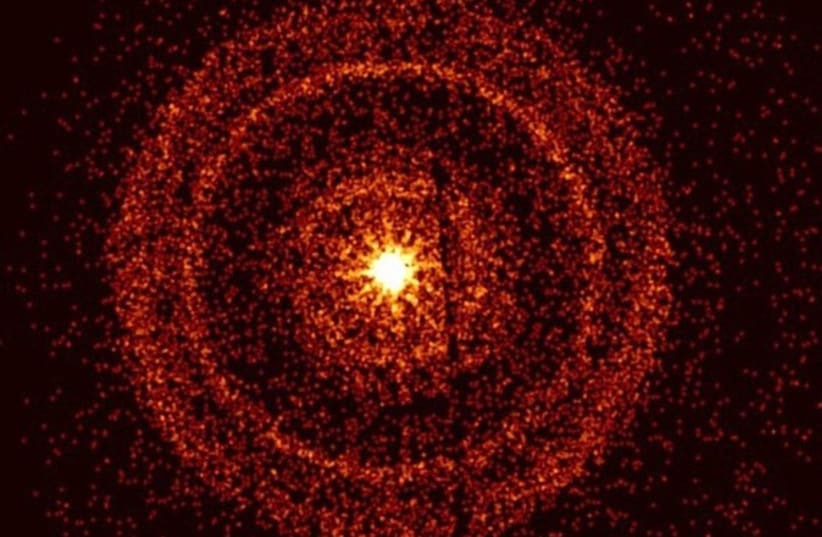The most energetic gamma-ray burst ever recorded was observed on Wednesday, confirming the predictions of researchers at the Technion-Israel Institute of Technology.
The burst, dubbed GRB 221009A, occurred 2.4 billion lightyears from Earth after researchers at the Faculty of Physics, led by Profs. Arnon Dar and Shlomo Dado, published a study in The Astrophysical Journal Letters and the Internet Archive predicting the strength of the event and other details.
Gamma-ray bursts are a phenomenon in which a massive amount of X-rays and gamma rays are emitted within seconds in a single pulse or in multiple subsequent pulses.
About 25 years ago, Dar, along with Prof. Ari Laor and Nir Shaviv, published an article positing that gamma-ray bursts may have caused some of the major extinctions that occurred on Earth.
When were gamma-ray bursts first discovered?
Gamma-ray bursts were first discovered when the United States sent satellites into space to identify potential nuclear tests being conducted by the Soviet Union in 1967. However, the existence of gamma-ray bursts was only made public in 1973, after the US realized they were not caused by human activity.
Even after their discovery was published, it was widely believed that gamma-ray bursts were taking place in the Milky Way. In 1991, however, NASA researchers observed that they primarily occur in far-away galaxies.
Three years later, Dar and Shaviv published a new model describing the phenomenon as a jet of balls of matter that move close to lightspeed emitted at the birth of neutron stars or black holes. Based on these findings, Dar and Dado, along with Prof. Alvaro De Rujula of the European Organization for Nuclear Research (CERN) in Geneva, developed the “cannonball model,” which posits that the balls of matter create a narrow beam of high-energy photons, electrons and atomic nuclei by scattering light and matter in their path. Once the photons in the beam reach Earth, they can be observed by telescopes both in space and on the ground.
In the latest study, Dar and Dado found a connection between gamma-ray bursts and cosmic rays, explaining that magnetic fields scatter the nuclei and electrons in the beam without a resulting loss of energy, becoming part of the cosmic rays.
The researchers demonstrated that cosmic rays and gamma-ray bursts are likely created during the birth of a neutron star or black hole.


